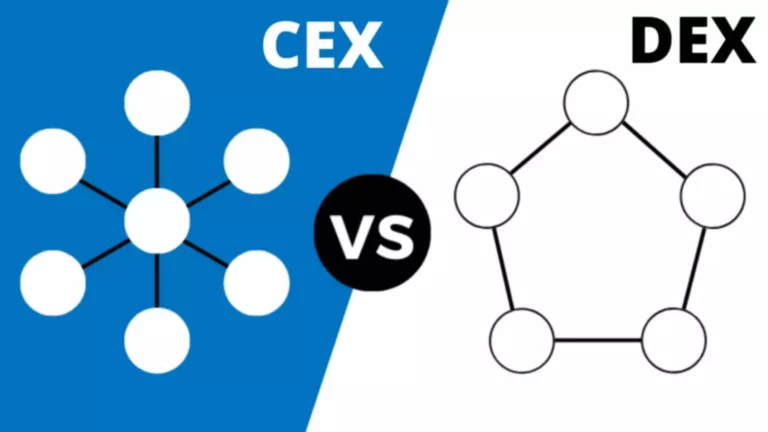NIX makes use of a permissionless leased staking mechanism, enabling users to stake their coins through a third-party pockets with out typical belief issues. Third parties providing staking services reliably receive a stake fee incentive based mostly on a leasing smart contract signed by the owner. Proof of Work (PoW) is a consensus mechanism that is used to secure and validate transactions on a blockchain. The PoW mechanism works via a process known as mining, in which transactions are validated by fixing a posh mathematical drawback generally known as a cryptographic hash operate. In the world of blockchain, consensus mechanisms are what hold networks safe and functional. One of an important of these is Proof of Stake (PoS)—a mannequin that has turn into the usual for next‑generation blockchains like Ethereum, Cardano, and Solana.

Proof-of-validation, delegated proof-of-stake, and pure proof-of-stake are PoS-based alternatives to LPoS. Mining does not produce additional LPoS tokens as a result of the system only permits token leasing. An alternative to the Proof-of-Stake and Proof-of-Work consensus algorithms. So whereas LPoS presents some advantages, it additionally requires tradeoffs around decentralization and programming complexity.
Platforms like Token Metrics assist mitigate these dangers by offering in‑depth analytics on validators, staking swimming pools, and community activity. There’s no approach to predict who will win the proper to generate the following block. The only thing worth noting is that the larger a node’s economic stake, the larger its possibilities of successful the best to generate the following block. Leased tokens don’t transfer to validators, nor can they be traded. Customers Leased Proof of Stake (LPoS) Meaning in Crypto can lease out their tokens and cash from chilly storage or wallets. LPoS is a sort of PoS meant to increase mining power, tackle inherent issues present in PoW, and improve other forms of PoS, similar to delegated proof-of-stake (DPoS).
To get began with LPoS, analysis which platforms assist leasing. Always contemplate the platform’s reputation and consumer evaluations earlier than leasing your tokens. Unlike the Proof-of-Work (PoW) mechanism, where miners solve complicated mathematical duties, LPoS depends more on the ownership and delegation of tokens than on computational energy consumption. One of the significant advantages of LPoS is its capacity to facilitate passive funding. It lowers the barrier to entry, enabling smaller buyers to take part actively.
Reduce, Color, Code: Rora Emerald Token Polished By Etherauthority
The leased tokens can be used by nodes to create blocks and the node owner or lessor receives the mining reward. Additional, the node compiles the pending transactions right into a block after successful and the transaction fees are subsequently given to the winning node as remuneration. The node operators distribute a portion of their node earnings to their lessor after receiving them.
It is believed that this defeats the aim of decentralization throughout the community. Delegating is a good way to earn staking rewards with out running complex hardware yourself. Nonetheless, validator delegating comes with a shared risk-reward structure. Which Means if the validator doesn’t abide by the network rules, you run the risk of getting your stake slashed. Whereas Solana is indeed built on these foundations, it also has its personal unique rules for rewards, penalties, and consensus.
- Proof of Work is best suited for establishing trust in a distributed system, while Proof of Stake is healthier fitted to reducing the price of sustaining that trust.
- Leasers receive rewards within the form of transaction fees collected by validators after confirming a block.
- Regardless Of its popularity, PoW has witnessed poor adoption among developers as a outcome of its high power requirements and poor processing pace.
- Although the lessor can hyperlink the cash to the nodes they want to lease from, the cash never go away their wallet.
They use PoW to generate new blocks for transaction storage and PoS to validate the blocks. Customers can delegate the manufacturing of recent blocks to delegates or witnesses by way of a democratic voting system that weights ballots based mostly on the number of tokens held on a platform. Node directors distribute rewards to lessees in proportion to their funding https://www.xcritical.in/, with larger stakes leading to greater rewards.

Code, Logic, Safety: Ags Finance Protocol Meets Etherauthority’s Audit Criteria
The variety of tokens staked with each validator determines the validator’s voting numbers. When a validator with a minimal of two-thirds of the network’s complete voting submits a commit vote on a block, that validates the model new block. Please notice that the leased tokens never truly depart Proof of stake the leaser’s hardware wallet and remain in whole control of the tokenholder.

LPoS protocols contain a minimum investment requirement for community participation. For instance, Waves solely permits a node to participate in block generation if it has a minimal of 1,000 Waves (WAVES). Investors with less than this can lease cryptocurrency tokens to more outstanding nodes for an opportunity at gaining rewards.
